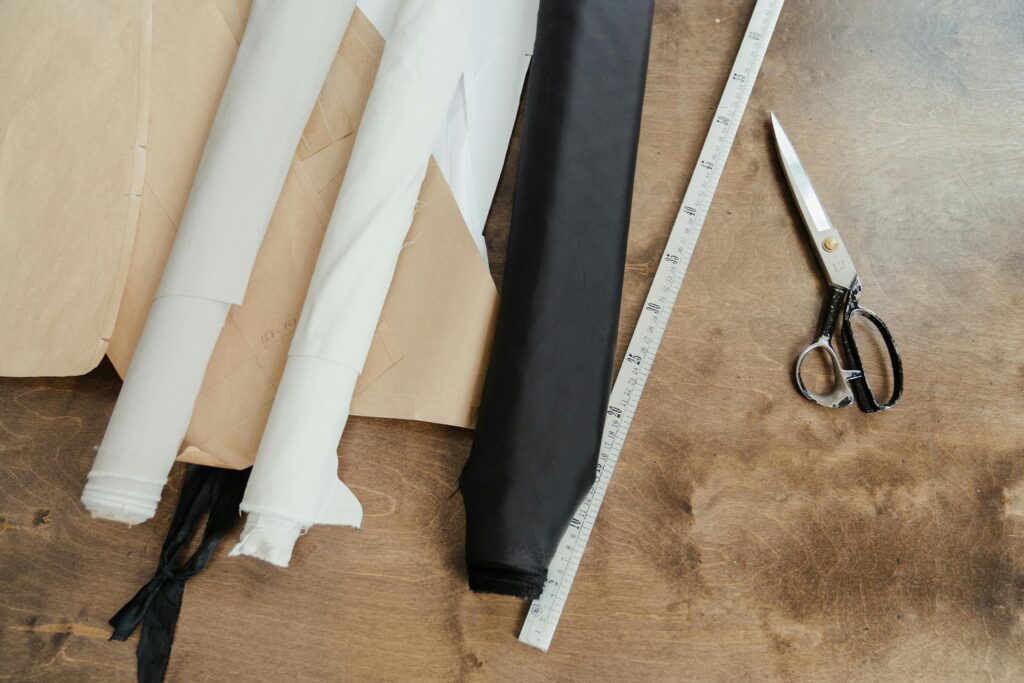
“Is My Child Ready to Use a Sewing Machine?”
That’s a question we hear often from parents at Bloomfield Arts & Crafts Studio. If you’re just starting to explore sewing for beginners, especially for your child, it’s normal to feel unsure. Sewing machines can look intimidating. Needles move fast, buttons do mysterious things, and one wrong step can cause frustration—or even injury.
But here’s the truth: Kids can learn to use sewing machines safely. With the right guidance, structure, and supervision, a sewing machine becomes less of a mystery and more of a tool—a tool that teaches focus, patience, and real-world problem solving.
And for families in Edmond, OK and the broader Oklahoma City Metro, that kind of hands-on learning is more accessible than ever.
Why Sewing Machines Still Matter in a Digital World
Sewing isn’t just a “fun” activity (though it can be that too). It’s a practical skill with long-term value. And sewing machines are part of the foundation.
Here’s what the research says:
- Fine motor development: Operating a sewing machine improves hand-eye coordination and precision (Harvard University).
- Emotional regulation: Activities like sewing lower stress and build resilience in children, especially those balancing screen-heavy schoolwork (APA).
- Confidence through capability: Kids gain a sense of independence when they make, fix, or finish something themselves.
Sewing classes at Bloomfield focus on more than just technique. We show kids how to handle tools responsibly, follow step-by-step instructions, and take pride in their work—skills they’ll use well beyond the studio.
How Bloomfield Approaches Sewing for Beginners in Edmond, OK
Whether your child is 7 or 14, starting with a machine might feel like a big leap. We get it. That’s why we break it down into simple, safe steps.
Here’s what a beginner’s session might look like:
1. Safety First (Always)
- Understanding machine parts (needle, presser foot, bobbin)
- How to turn it on and off safely
- Where to place hands and where not to place them
- When to ask for help
Kids are guided every step of the way—no one is left to “figure it out alone.”
2. Hands-on Practice (Without Thread First)
To build confidence, we often let beginners use the machine without thread at first. This lets them:
- Practice using the foot pedal
- Learn how to guide fabric
- Understand how the machine moves
This stress-free introduction removes fear and builds muscle memory.
3. The First Real Project
Once kids are ready, we move to a small, achievable project like:
- A pillow
- A drawstring bag
- A basic fabric bookmark
These beginner projects reinforce the basics: straight lines, steady pace, and simple finishes. Kids love the feeling of taking home something they made—and parents love seeing their child feel capable.
Essential Safety Tips When Teaching Kids to Sew
Sewing for beginners—especially with a machine—requires the right environment. If you’re working with your child at home, here are a few non-negotiables:
- Always supervise use: Even older kids can get distracted. Eyes on the needle at all times.
- Use finger guards: Many beginner machines have attachments to prevent needle injuries.
- No distractions: Music is okay. TV or tablets? Not while the machine is on.
- Keep cords and foot pedals tucked: Reduce the risk of tripping or accidentally activating the machine.
- Start slow: Literally. Use the slowest machine speed, and consider covering the foot pedal to limit full-force pressing
